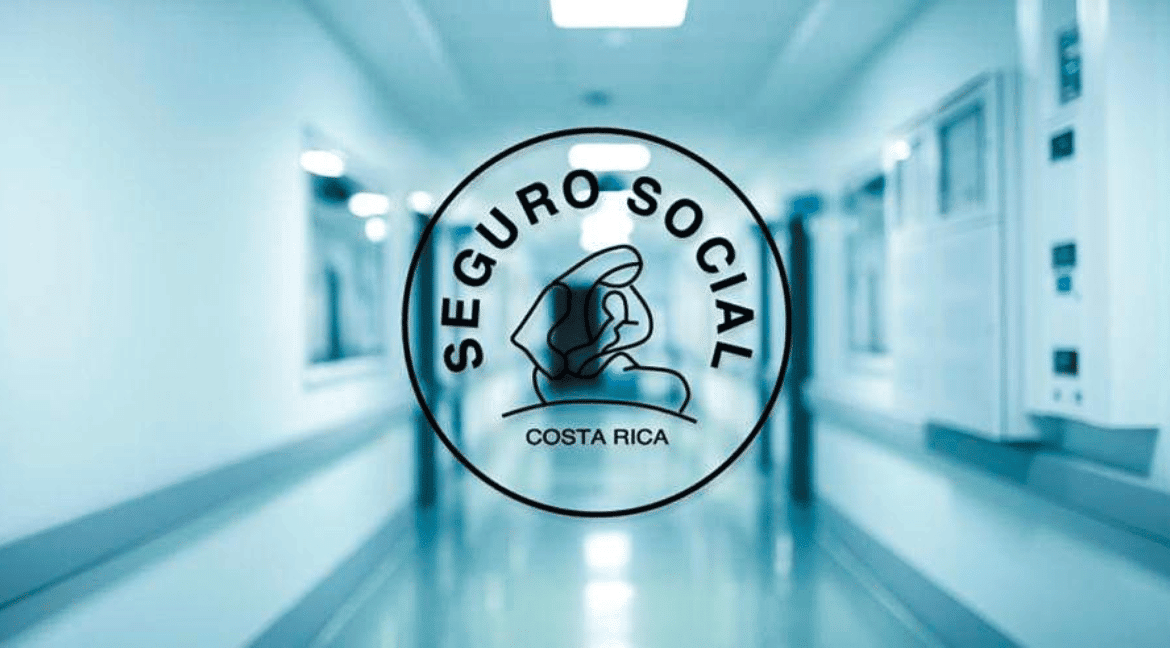If you’re researching building in paradise, you should know that Costa Rica home building costs have increased. In 2023, it will be more expensive to build than it was even a year ago.
There are both local and global causes for these increases. Let’s discuss.
Reason #1: Increased Social Security (Caja/CCSS) Costs

The first factor contributing to an increase in Costa Rica home building costs is an increase to CCSS costs.
If you don’t manage employees in Costa Rica, you may be unaware of the CCSS, most commonly known as la Caja (lah cah-hah) or Social Security. The Caja is Costa Rica’s public, socialized care system that includes public healthcare, retirement/pension costs, and other associated costs.
Caja payments are a complicated topic, which we don’t need to get into in detail. That said, within the context of a conversation on building costs, you should know that employer contributions are increasing, which translates to increased final costs.
Here’s the short of it: CCSS contributions are calculated as a total percentage of about 7% to 18% of an employee’s salary, which is shared between the employee and employer. As with salaries (see below), these costs are re-calculated and adjusted annually for inflation. And in the last couple of years, due in part to high inflation, Caja costs have climbed about 10%.
In turn, this creates greater costs for construction companies, which employ many people. And as a result of that, the relative cost of employing a construction crew has increased, which means the cost to employ the workers at your site has increased, which means your overall building costs have increased.
Reason #2: Increased Salaries

As with CCSS payments, Costa Rica’s salary requirements are re-calculated and adjusted annually for inflation. This practice helps ensure that the country’s minimum wage keeps up with the inflation rate and/or currency exchange rate, at a minimum.
Inflation and exchange rate are both incredibly important considerations. If you come from a U.S. dollarized economy, this concept takes a bit of adjustment: In the simplest terms, while Costa Rica is not a dollarized economy, it’s very much pegged to the U.S. dollar. (Live here for even a few months, and you’ll quickly notice the ebb and flow of imported goods costs!)
So, how does this affect Costa Rica home building costs? In two ways. To begin, salaries have increased about 5% in the last year or so, which again contributes to a rise in the cost of employing construction crews, which is then passed on to the cost of building.
Additionally, the U.S. dollar-to-Costa Rican colón exchange rate has dropped over the last six months, to favor a strengthening colón: As a point of comparison, the exchange rate just six months ago was ¢685,26 buy/¢693,69 sell on July 1, 2022 vs. ¢583,96 buy/¢593,66 on December 19, 2022.
Again, this is not a simple topic (economics never is!) but if we put it in its simplest terms, a monthly salary of ¢500,000 on July 1, 2022 was about $721 vs. $842 today. Multiply that by many people on a construction company’s payroll, and you can see how relative dollar costs are increasing.
In other words, while the construction company may still pay that same ¢500,000/month salary, the cost to you has increased. This is because your funds are likely in a foreign (not-colones) currency, which means you essentially “purchase” colones when employing a Costa Rican construction company. This is where the exchange rate comes into play.
Reason #3: Increased Materials Costs

Increased CCSS contributions, salaries, and a fluctuating exchange rate account for local factors that contribute to increased Costa Rica home-building costs. But as I mentioned above, there are also global factors at play.
One of the biggest – and one that we’ve all heard about, in one way or another, over the last 2.5 years – is the global supply chain and its best friend (but not ours), supply and demand.
The news and the internet at large are replete with explanations, so again, I won’t get into every last detail here. But here’s a brief overview of how and why construction materials costs have and continue to increase:
- COVID Delays: Initial (and sustained) closures resulting from the pandemic slowed, stalled, and even stopped materials production for weeks and months. The world’s construction industry is still working to catch back up.
- Increased Inflation: The global construction industry has always had to contend with inflation, but we’re now experiencing some of the highest inflation rates in four decades.
- Supply Chain Disruptions: In addition to factory closures, COVID stalled and stopped global supply chains – from production to shipping and beyond – which has resulted in construction inflation.
- Steady Demand: The world still wants to build. Pair this with lower supply, and you have the economic recipe for immediately increased costs.
- Increased Wages: Because of the increased cost of living, low unemployment, and COVID back-to-work demands, the global workforce has had the leverage necessary to demand higher wages and salaries.
- Increased Materials Cost: Due to all of the above (and other contributing factors), the cost of materials has increased anywhere from about 9% (ready-mix concrete) to 50% (exterior paint). Learn more here.
And this is all just a simplified summary. Add to this the fact that Costa Rica imports most construction materials, often at high rates for import tax, and it’s easy to understand how and why local building costs have increased over the last couple of years.
So, What Are Current Costa Rica Home Building Costs?

By now, you’re wondering – just how much should you budget for a 2023 build?
As always, there is no one answer. As I discussed previously, in one of my earlier posts on building a home in Costa Rica, there are several factors that go into calculating your cost per square meter:
- Building Site: This is a major cost. Demand for land in Costa Rica is still high (we’re in a seller’s market) but likewise, has not increased significantly in the last few months.
- Lot Preparation: Again, this can represent a major cost. If your building site requires significant prep, the associated cost may be greater due to increasing salaries/CCSS for your crew, as well as increased materials cost for, say, a retaining wall.
- Architect Fees: By law, you’ll pay your architect around 10.5% of the total project cost. So, the cost has gone up as a percentage increase of your total (increased) building cost.
- Builder Fees: Most builders bid as cost + contract, usually for a fee of 12-15%. Again, while this percentage stays the same, the relative cost will go up because your total contract cost has increased.
- Municipal Permits: The cost for these permits is pegged at 1% of your project cost. Ditto above.
- Worker’s Compensation: The required worker’s compensation policy is also fixed at 1% of your project cost. Ditto above.
And now, we finally come around to your build cost. And before I name numbers, I will say that it is incredibly challenging to pinpoint a price per square foot in Costa Rica. Not only do architectural plans, building styles, and finishes vary but so does the cost of land (ex. it’s typically more expensive to purchase an ocean-view lot than its equivalent rural mountain lot).
All that said, a year ago (2021), construction costs were around $70-$110 per sq. ft. in the Central Valley and $120-$180 per sq. ft. at the beach.
Today (2022, heading into 2023), you should budget 10% to 15% more, to be on the safe side: In other words, about $80-$125 per sq. ft. in the Central Valley and $135-$210 per sq. ft. at the beach. As always, your personal costs may vary!
Building a Home in Costa Rica: What’s Your Dream?

Imagine building your dream home, condo, vacation home, or investment property – what is most important to you? Are you a part-time or full-time owner? What’s your timeframe? Where does your budget fall?
Hi, I’m Becky Clower, founder and owner of Blue Water Properties. We’re more than a real estate team. We’re bilingual, bicultural, and seriously experienced. And we put you first.
So, please get in touch. We’re sticklers for responding within 24 hours. Yes, even if you’re reading this post into the wee hours; we’ll have more information to you on that dream, within the day! And we look forward to it!
At Blue Water Properties of Costa Rica, we’re proud to offer some of the best Costa Rica real estate. We have both condos and homes, land, and businesses for sale.


